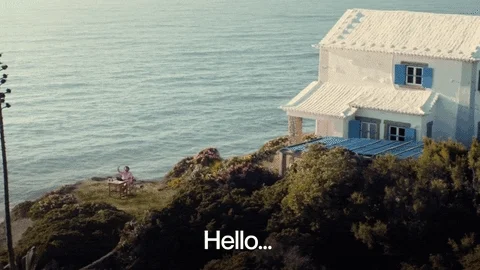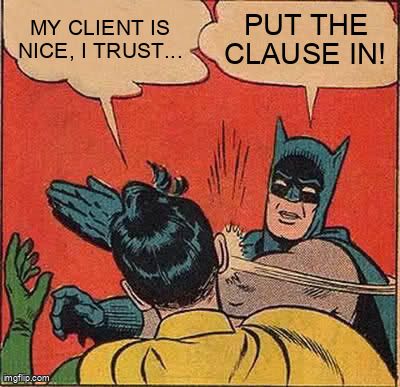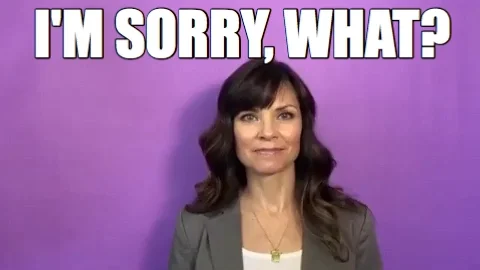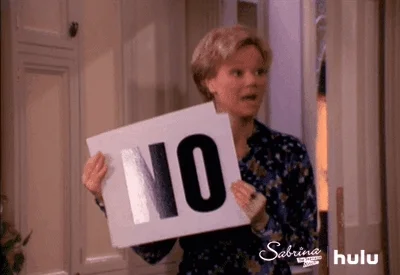
This logo isn't an ad or affiliate link. It's an organization that shares in our mission, and empowered the authors to share their insights in Byte form.
Rumie vets Bytes for compliance with our
Standards.
The organization is responsible for the completeness and reliability of the content.
Learn more
about how Rumie works with partners.
My first year as a freelancer, I struggled to find my first customers, I worked with customers who thought I was their employee, and some customers paid me after 6 months...
It was a tough year!
Don't make the same mistakes I did. Learn from other freelancers like me to reach your goal more quickly by avoiding certain errors.

Find Your Niche

How to find your niche?
Start by thinking about something you like to do: your natural talents, like writing, design, administrative tasks, social media management, bookkeeping, or other skills.
Think about your hobbies or interests to find which field you'd like to work in.
Check the market to identify in-demand services and their typical pricing.
Quiz
What jobs can people do as a freelancer? Select all that apply:
If the market needs your skill, you can sell it as a freelancer. Here are some other examples of freelance jobs: graphic designer, virtual assistant, event manager, data scientist, marketing manager, motion designer, data entry specialist, SEO/SEA consultant, fitness trainer, etc.
Start Fast
Create a simple offer: Define a clear, concise service that addresses a specific need or problem.
Find your first clients: Use your network, family, friends, LinkedIn, freelance platforms, etc.
Understand your clients' pain points: Engage in conversations to learn the challenges your clients face that your service can solve.
Adapt your offer: Refine your service based on client feedback to better meet their needs and increase your marketability.

At the beginning of my freelance career, I organized hackathons for companies. It was trendy, and participants were delighted.
But talking to my first clients, I quickly realized that they didn't see the impact of this event within their company.
So, I adjusted my offer:
Each event had a specific theme.
We worked on the client's business issues.
I provided project follow-up after the event.
In just a few months, I created an offer that met the end customer's needs.
Start Hunting for New Customers
Create a LinkedIn or Instagram account: LinkedIn for corporate clients, Instagram for visual services. Be where clients are.
Create content: Share your work to showcase your skills and attract clients.
Engage with others: Interact and connect with peers to build relationships and increase visibility.
Send private messages every day: Contact potential clients with tailored messages.
Keep going! Keep active online to maintain and grow your presence.

I've never liked sending PMs to strangers, but the pleasure of successfully booking a call with a potential customer is very satisfying.
Things I've learned about sending PMs to strangers:
The message must absolutely be personalized.
Don't make your message too long.
Always add a call to action.
As long as the person hasn't written "I'M NOT INTERESTED", keep going!
People Hate to Pay
I recently received payment for a freelance project from March 2023....in January 2024...
It doesn't matter if your customer is a startup, a small business, or a firm. People will always try to pay you as late as possible.
Put a clause in your contract/invoice about getting paid within the month.
That's the best advice I've ever had!

Did you know?
The Freelance Isn't Free Law in New York requires businesses to pay freelancers by the date specified in the contract, or if the agreement doesn't mention the time of payment, within 30 days of completion of services.
You'll Have to Say No
Imagine you're a freelance web developer. A client, after approving the final website design, suddenly demands a complete redesign without any extra pay or time extension. It's a huge task, clearly outside the agreed terms. What's your response?

You have to say no!
The contract allows you to set up a framework and limits. It establishes clear boundaries and expectations with your clients, promoting a healthy and mutually respectful professional relationship.
Your time and skills are precious.
Here are some red flags from potential customers:
They don't respect your time. They call you whenever they want.
They don't know what they need. They'll change their minds 10,000 times and your mission will never end.
They over-negotiate. It shows they don't respect your work or your expertise, and therefore your value.

Quiz
What are some other red flags to keep in mind? Select all that apply:
Don't forget, the contract you set up is a framework that you must both respect. Communication is the most important part of relations with your client.
Take Action
My last tip: don't forget that the service you sell is linked to your personality. You're not just selling a service, you're selling yourself!
Get started on your freelance journey:

This Byte has been authored by
David Lankri
Math teacher working in the crypto world